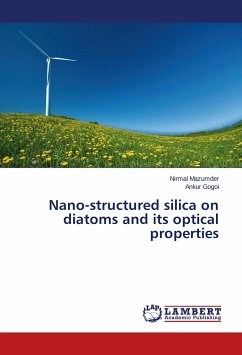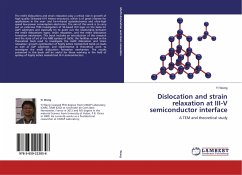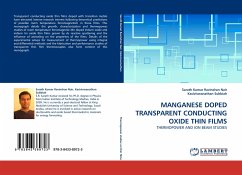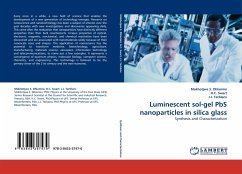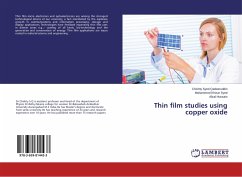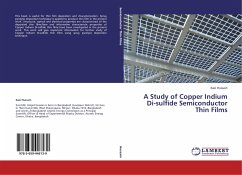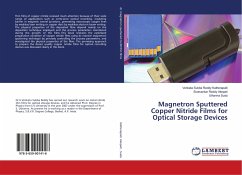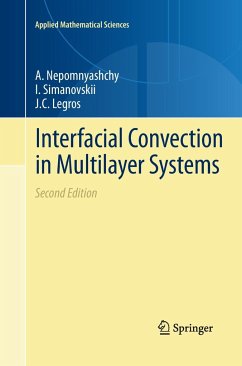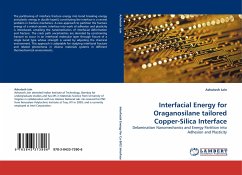
Interfacial Energy for Oraganosilane tailored Copper-Silica Interface
Delamination Nanomechanics and Energy Partition into Adhesion and Plasticity
Versandkostenfrei!
Versandfertig in 6-10 Tagen
39,99 €
inkl. MwSt.

PAYBACK Punkte
20 °P sammeln!
The partitioning of interface fracture energy into bond breaking energy and plastic energy in ductile layer(s) constituting the interface is a central problem in fracture mechanics. A new approach to partition the fracture energy of a metal-ceramic interface into work of adhesion and plasticity is introduced, unveiling the nanomechanics of interfacial deformation and fracture. The crack path uncertainties are obviated by constraining fracture to occur in an interfacial molecular layer through fissure of a single bond type whose strength is varied by adjusting the chemical environment. This app...
The partitioning of interface fracture energy into bond breaking energy and plastic energy in ductile layer(s) constituting the interface is a central problem in fracture mechanics. A new approach to partition the fracture energy of a metal-ceramic interface into work of adhesion and plasticity is introduced, unveiling the nanomechanics of interfacial deformation and fracture. The crack path uncertainties are obviated by constraining fracture to occur in an interfacial molecular layer through fissure of a single bond type whose strength is varied by adjusting the chemical environment. This approach is adaptable for studying interfacial fracture and related phenomena in diverse materials systems in different thermochemical environments.



